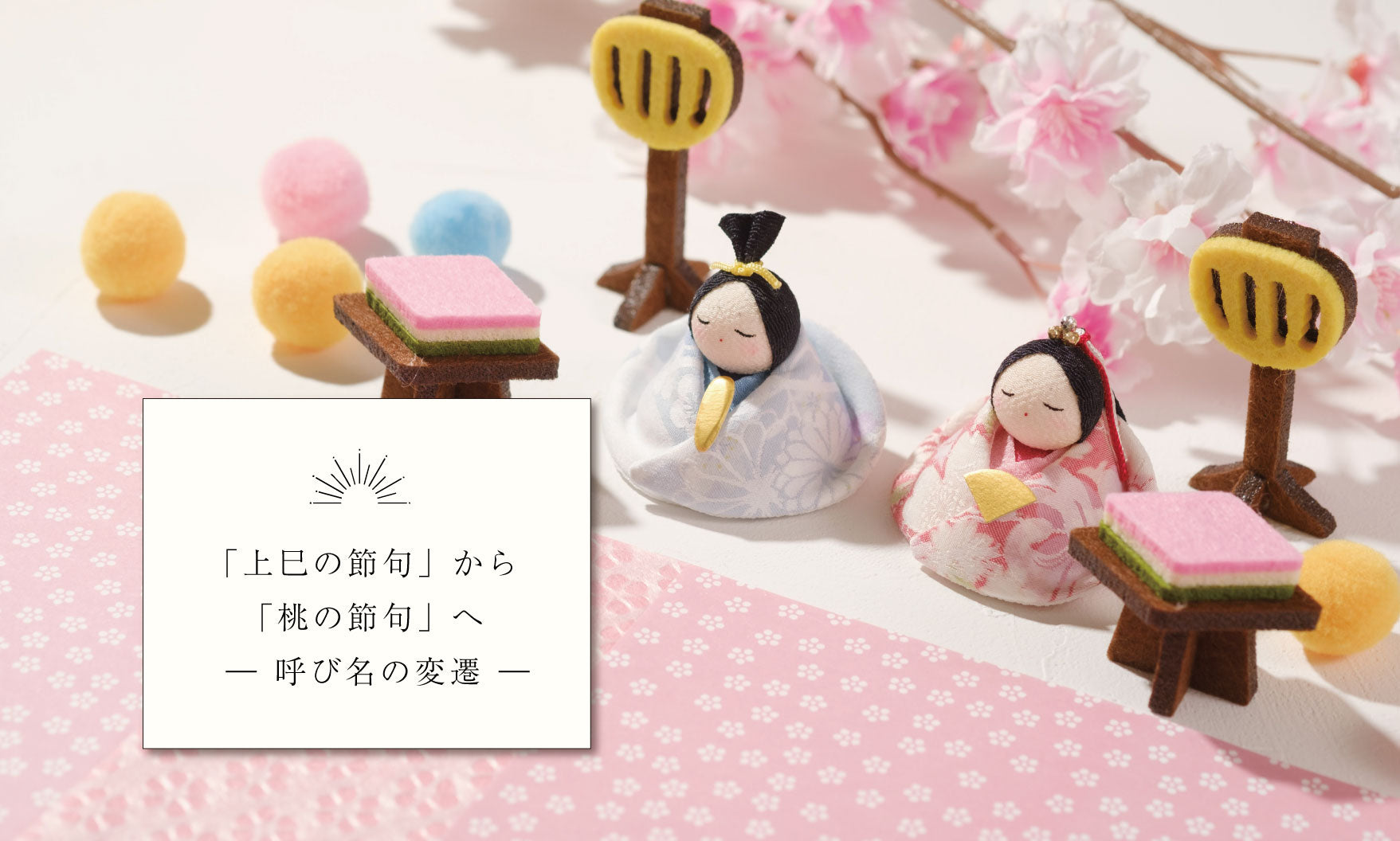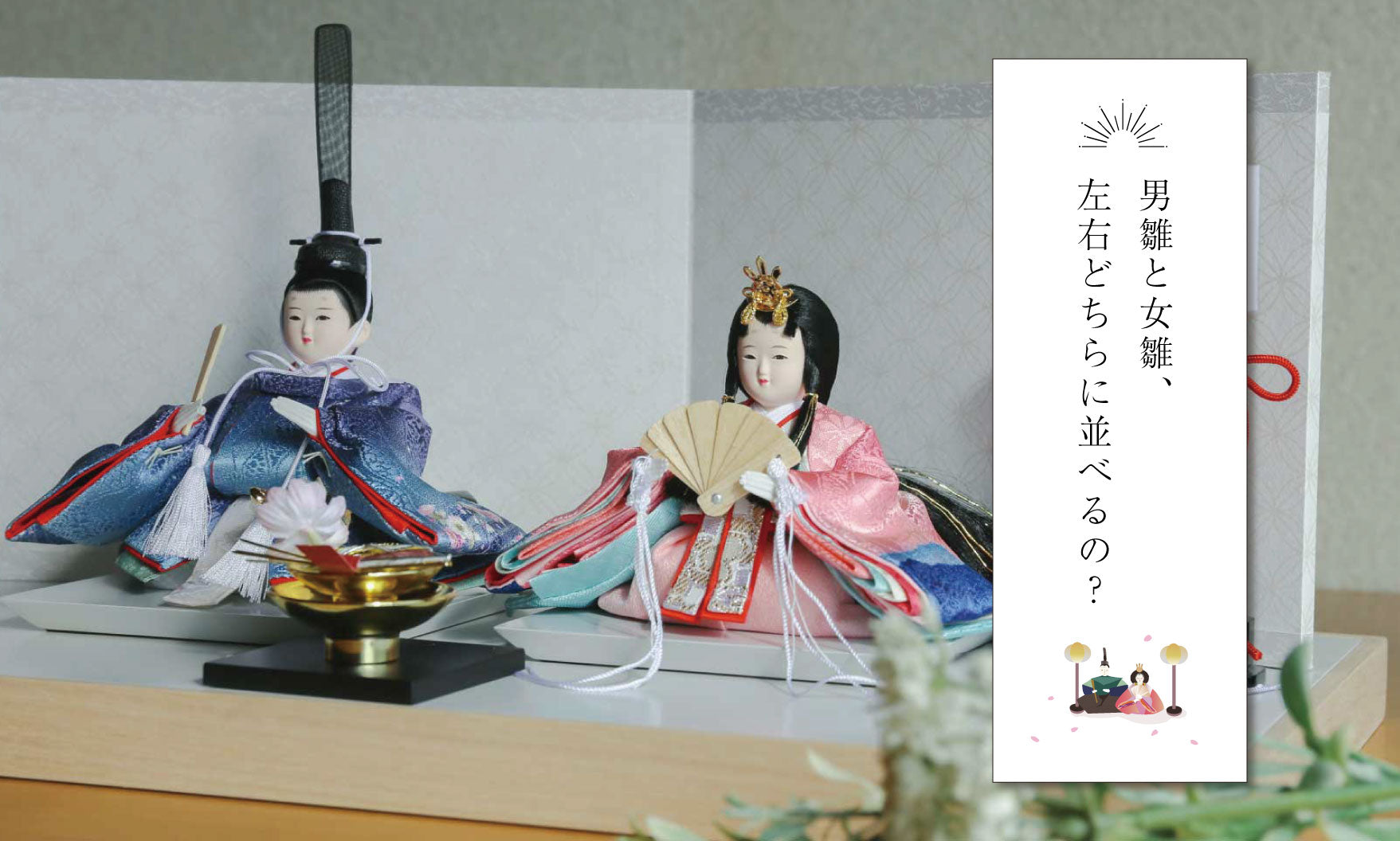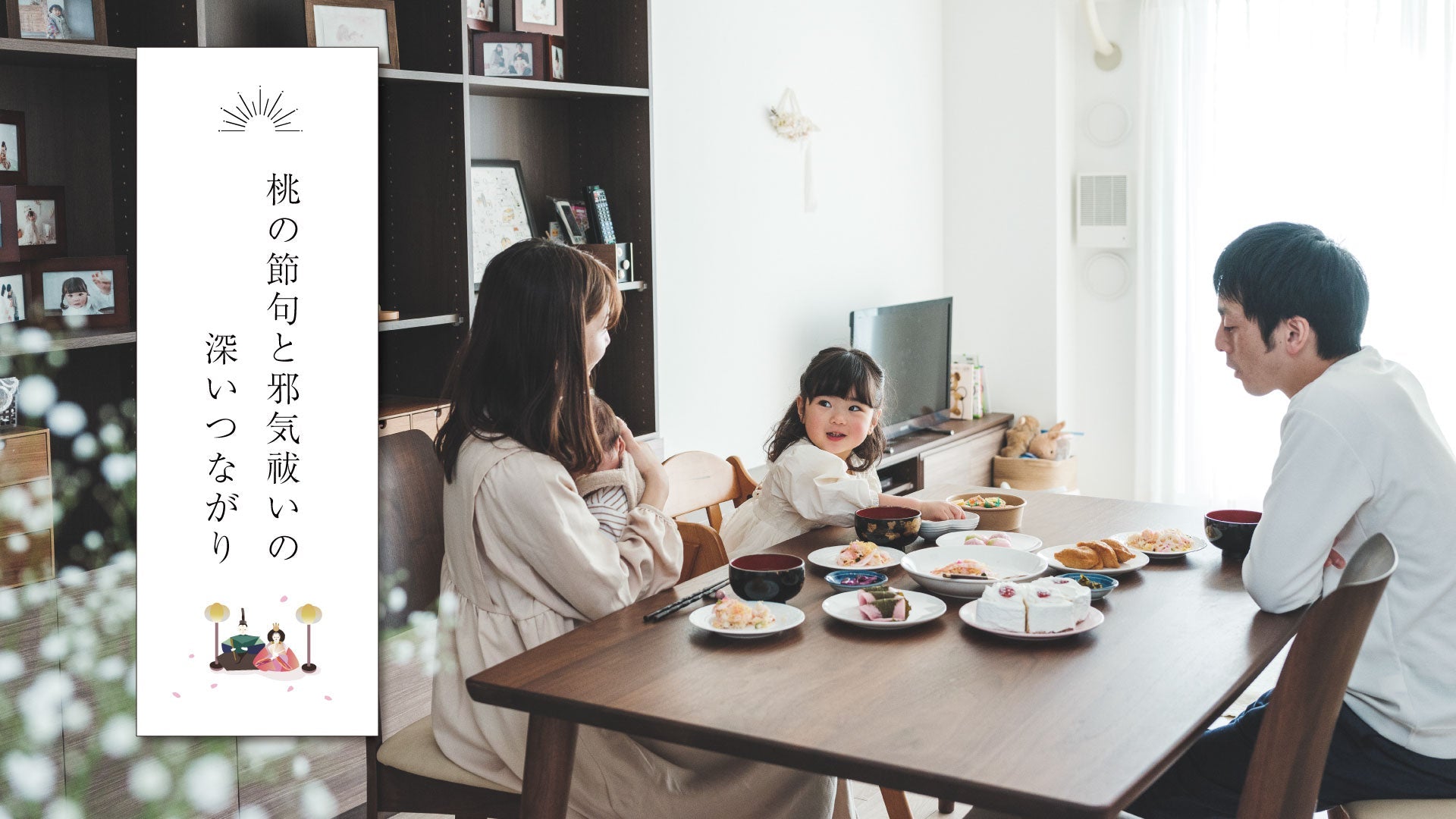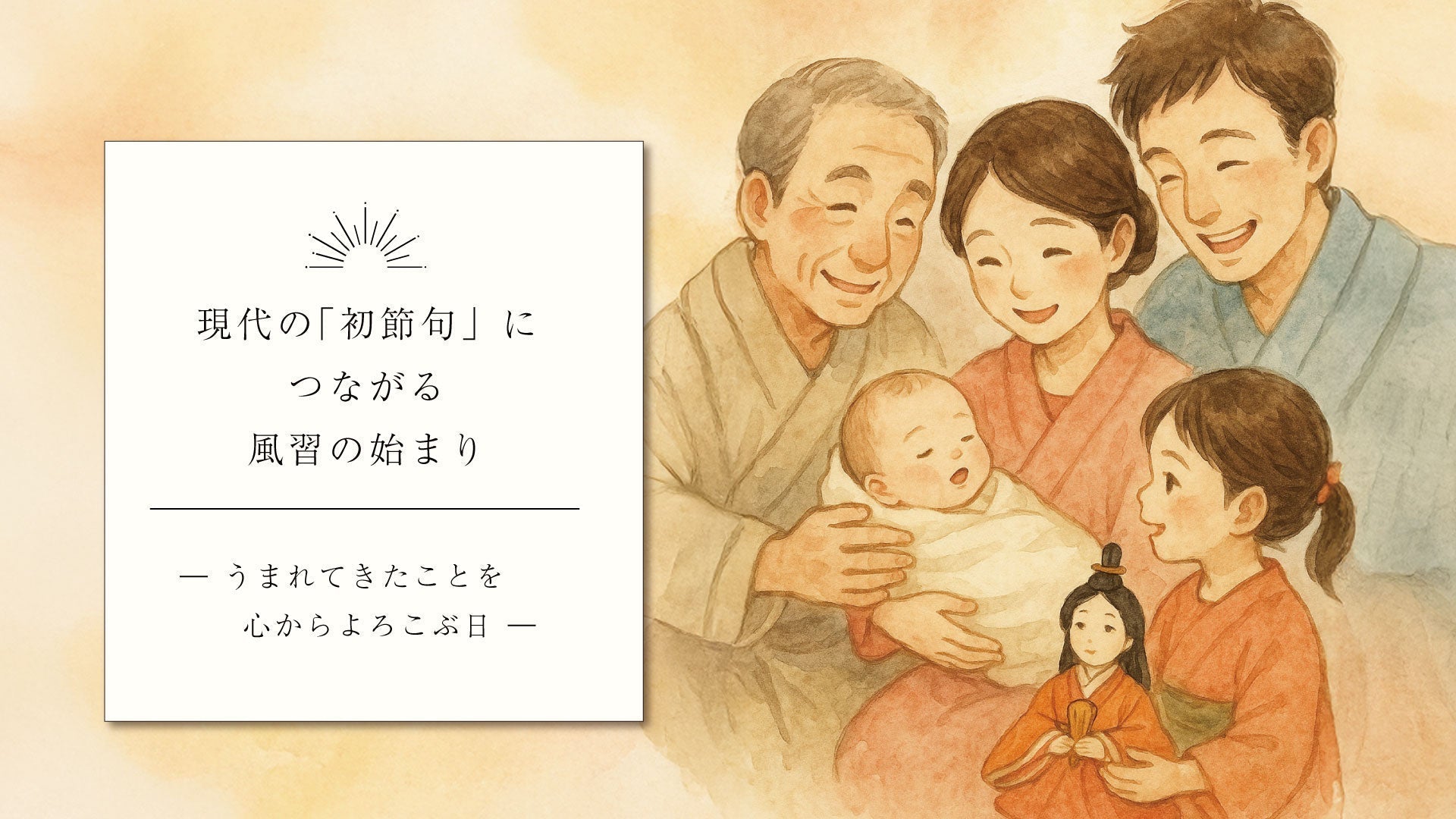-- Wishing you the coming of spring and good health --
The "Peach Festival" known as the spring festival is not just a day to celebrate in a gorgeous way. Its origins are imbued with deep prayers to "ward off evil spirits and protect precious lives."
1. Spring was the "season of disaster"
Spring is a calm season for us now.
.
Temperatures change and diseases are more likely to spread.
It's an unsettling season before work in the fields begins.
The beginning of March in particular was said to be a time when evil spirits were easily able to enter, and people spent the time in anxiety.
This "unstable nature of spring" is deeply connected to the establishment of the later "Joshi no Sekku" and "Momo no Sekku" festivals.

2. The Jōshi Festival and the Concept of "Katashiro"
In ancient China, there was a custom of "purifying the body at the water's edge to ward off evil spirits" in early March (Jōshi).
When it was brought to Japan, it took the form of "Nagashibina," in which people transfer their impurities and bad luck to a human-shaped "katashiro" (a doll that is then floated down a river).
This idea of "having someone take on a disaster in your place" can also be found in ancient Japanese beliefs. For example,
"Doll scenes" also appear in the "Manyoshu" and "Engishiki"
.
This is where we see the true essence of Hinamatsuri as a festival to ward off evil spirits.

3. The meaning of "peach" - A tree with the power to protect life
Furthermore, the peach blossoms of the Girls' Festival also have deep purifying powers.
Peaches have been called "senboku" (fairy wood) in China since ancient times and are a symbol of eternal youth, longevity and protection from evil.
In Japan, the spiritual powers of the peaches that appear in mythology, such as those of Momotaro, the demon slayer, are also said to be associated with it.
During the Heian period, there was a custom at the Imperial Court of drinking "Toukashu", a wine made from peach blossoms, to pray for good health.
Peach blossoms are not just a spring decoration, but a symbol of warding off spring misfortunes and protecting life .
4. Dolls become "decorative objects" - from negotiations of protection to culture
Hina dolls, which were originally "dolls for purification," gradually began to have an element of decoration.
During the Heian period, the doll culture and tension of the "Hina-asobi (playing house)" played by the princesses of the Imperial Court,
The doll takes on a dual nature: a protector and a play object.
During the Edo period, it developed into a staged display and became a culture to celebrate the growth of girls.
At its roots remains the prayer, "May this child's life be healthy and free of misfortune."
5. Purification and prayers passed down to the present day
Nowadays, we tend to think of Hina dolls as something to display or give as gifts.
.
The act of displaying Hina dolls is not simply about upholding tradition.
The Hina dolls are displayed, peach blossoms are added, and the whole family gathers around the celebration table.
This single action may be part of the "Japanese spirit" that has been passed down through the ages. 









